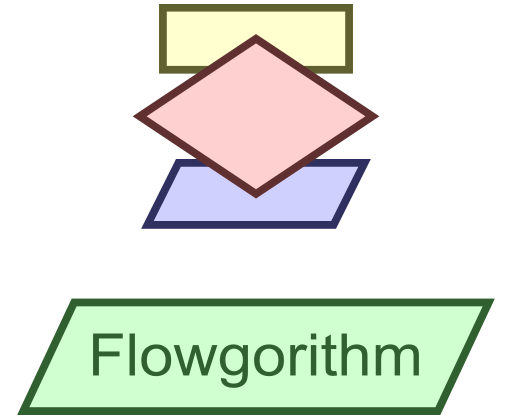 Typically, when a student first learns to
program, they often use one of the
text-based programming languages. Depending
on the language, this can either be easy or
frustratingly difficult.
Many languages
require you to write lines of confusing code
just to display the text "Hello, world!".
Flowgorithm is a free beginner's
programming language that is based on simple
graphical flowcharts. Students can learn
programming concepts without worrying about
the syntactic nuances of most languages.
These flowcharts can be
executed directly by the application or converted to
25 major programming languages. These include:
C#, Java, Visual Basic. NET and Python. The software
was written to be used in CSC 10.
 Flowgorithm
Homepage Flowgorithm
Homepage
|